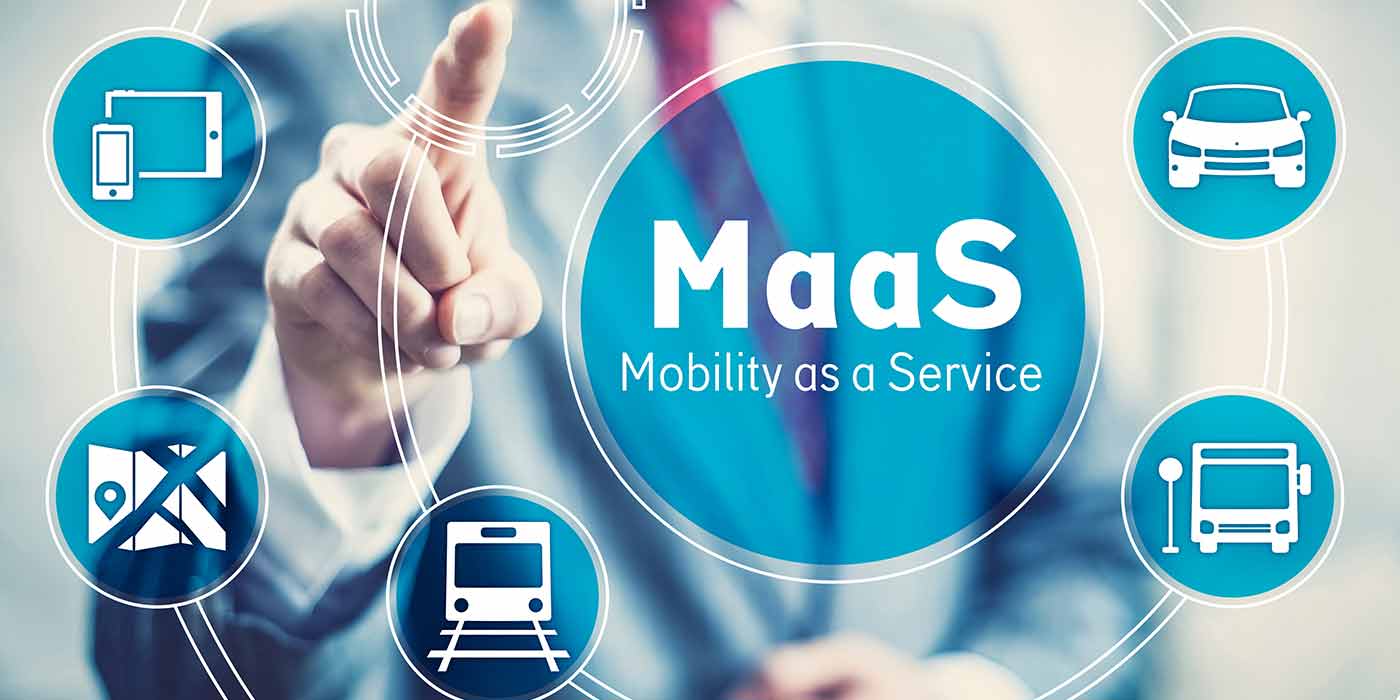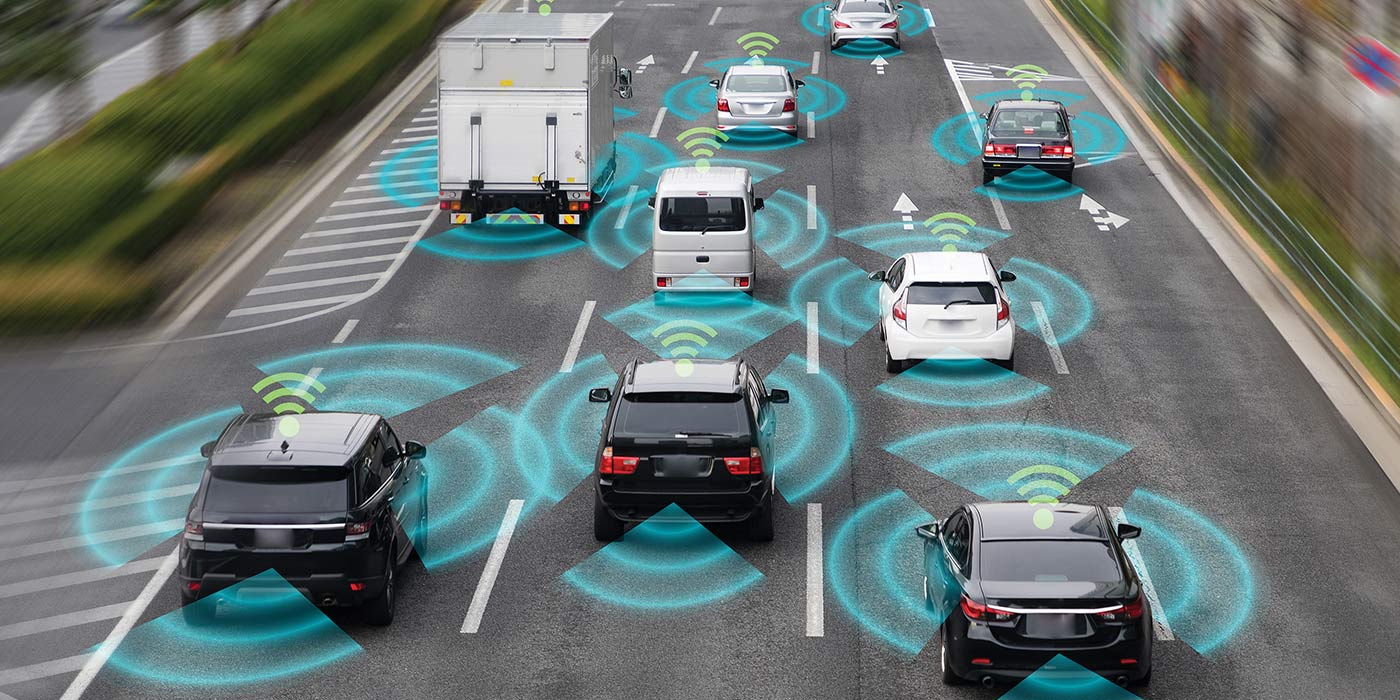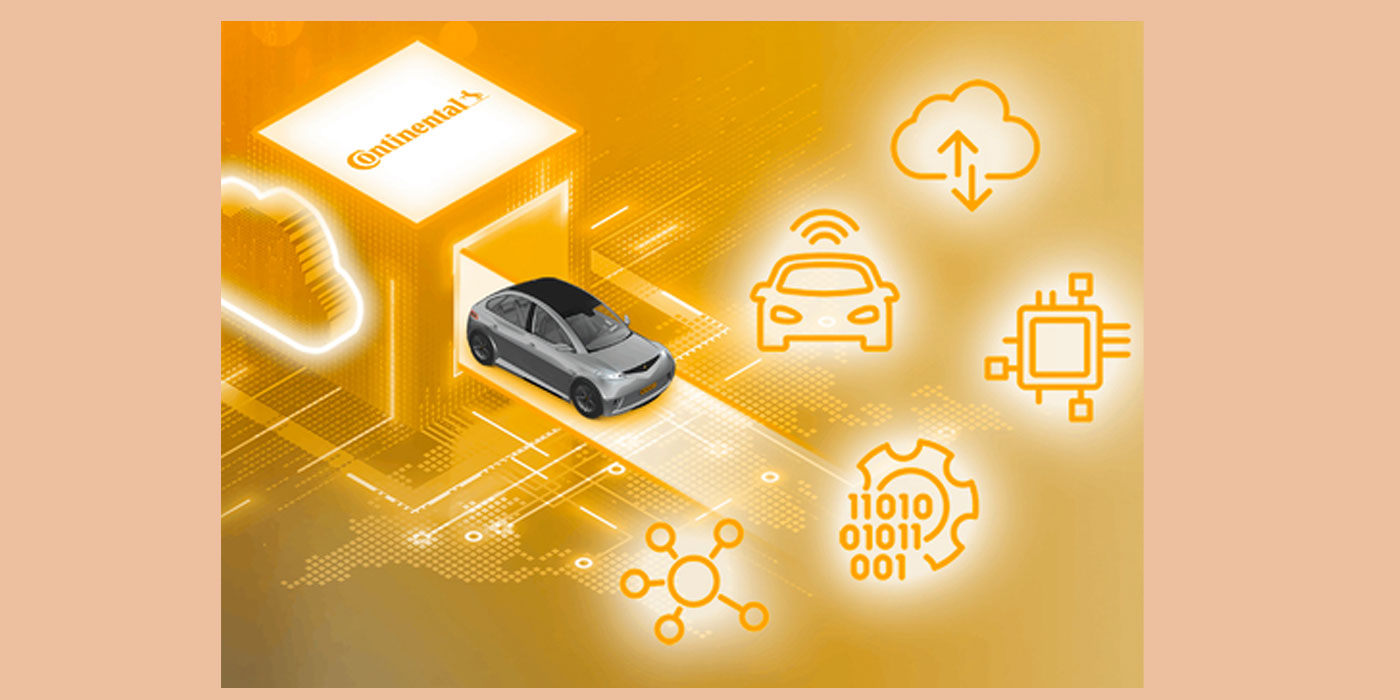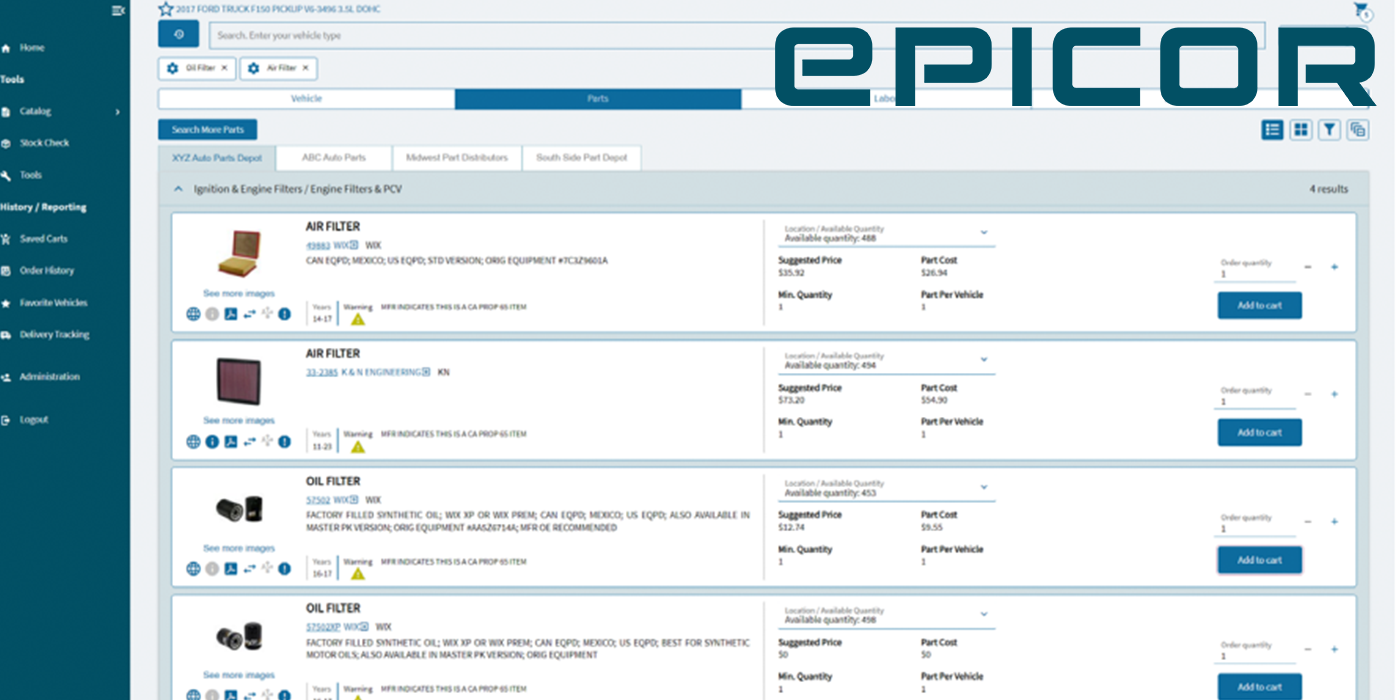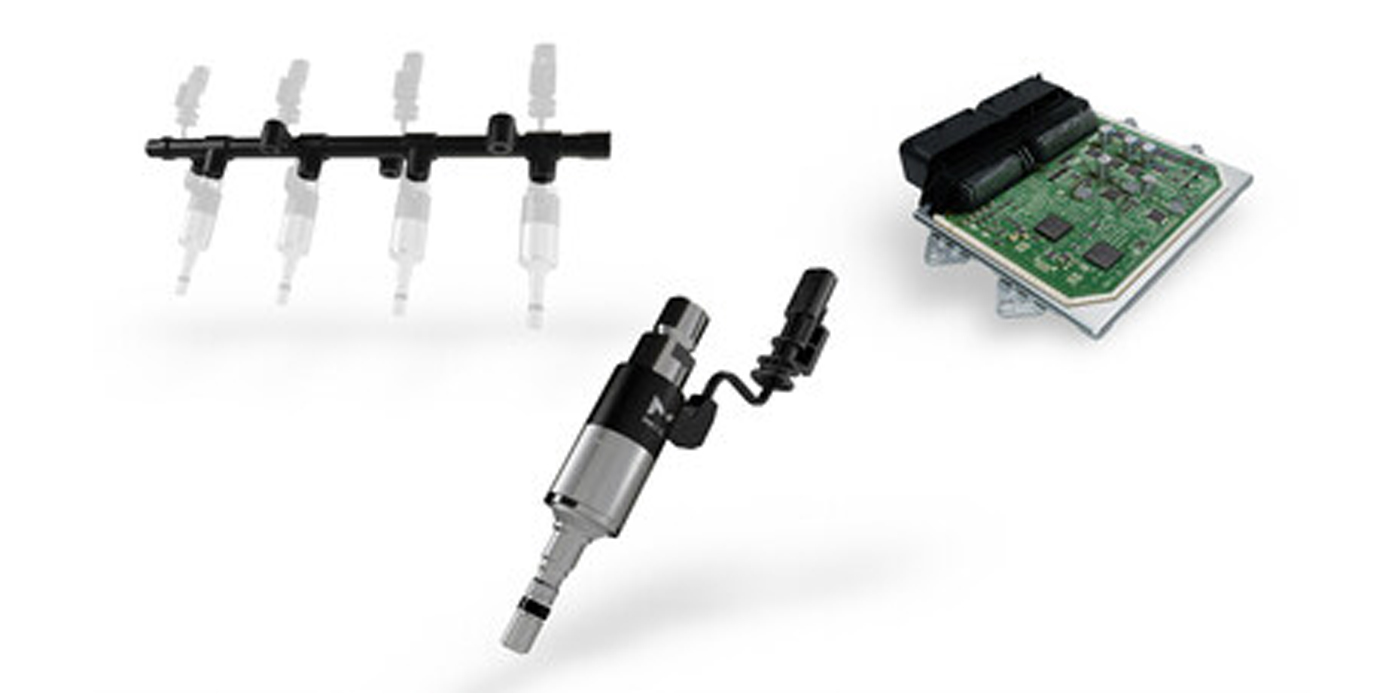As I have detailed before, between 40 and 50 percent of workers want remote employment. Yet only about 9 percent of the posted jobs are characterized as “remote.” Bridging the gap between employees who want to keeping working remotely and employers who want them in the office will be a major challenge for companies and an informed negotiation for workers.
The Great Resignation
Never before in the history of the world have we had a mass exodus of employees from their jobs of this magnitude. In fact, the term was originally coined by Texas A&M University professor Anthony Klotz in an interview with Bloomberg’s Businessweek in May 2021. According to a Work Trends survey conducted by Microsoft, 41 percent of workers globally are thinking about leaving their current positions.
Childcare, a Major Problem for Parents
Within the past two years in the U.S. alone, more than 2 million women have left the workforce; many report that lack of reasonable, quality childcare is the cause. Employers can help address this issue however, few are doing so. As the labor market continues to tighten, expect to see childcare become a competitive advantage in the War for Talent.
Strategies and Tactics Employers Can Use to Bridge the Gap
Here are several ideas companies can use to find common ground with their valued employees:
Talk about the Why. Have a conversation about why you want workers back and hear their reasons for wanting to stay home. If their why includes fear of infection, be sure you address those feelings.
Focus on the Quantified Results to Be Achieved. Wise leaders at all levels know that the work relationship functions best when they quantify the desired results and use a laser focus to build productivity.
Create an Always-Open Chat Platform. Facilitate communication between team members by using chat tools, like Slack, Base Camp or Proof Hub. These platforms enable dialogue and efficient communication between employees whether they are remote or on-site. The object is to replace the in-person water-cooler conversations and chance meetings onsite. Management must use this platform to communicate with the workers as well. People do not thrive in the dark; they are not mushrooms.
Compromise with Hybrid Work. Sometimes hybrid jobs, combining both on-site and remote work will be useful for all parties. Hybrid work also can satisfy the need to have a less-well-populated workplace, one of the factors that employees are looking for to make them feel more comfortable coming back to your congregate workspace.
Recognize and Reward Your Remote Employees. Out of sight, out of mind does not support an employee-centric culture. Be sure to acknowledge the great work your remote and hybrid employees are doing. Studies show they may be even more productive than your employees who are in the office full-time. You certainly don’t want to lose them because you overlooked their contributions.
People Support What They Help to Create
All that said, the most important action an employer can take is to create a cross-level team of people dedicated to making work arrangements acceptable to all. People really do support what they help to create. They feel a vested interest in the success of their decisions, systems, and processes.
Next Week’s Herman Trend Alert: The Best Kept Secret to Employee Engagement
A recent Gallup study uncovered the “golden key” to employee engagement. It is simple to talk about, and a bit more difficult to implement—but not rocket science. Next week, I will reveal all you need to know about making it happen in your organization.
© Copyright 1998-2021 by The Herman Group, Inc. — reproduction for publication is encouraged, with the following attribution: From “The Herman Trend Alert,” by Joyce Gioia, Strategic Business Futurist. 336-210-3548 or https://hermangroup.com. To sign up, visit https://HermanTrendAlert.com. The Herman Trend Alert is a trademark of The Herman Group, Inc.”


